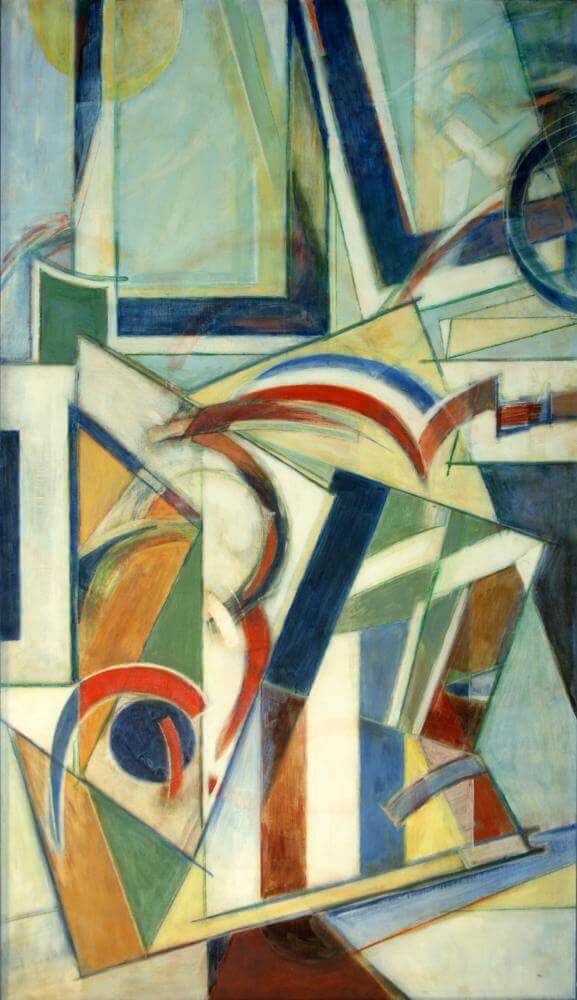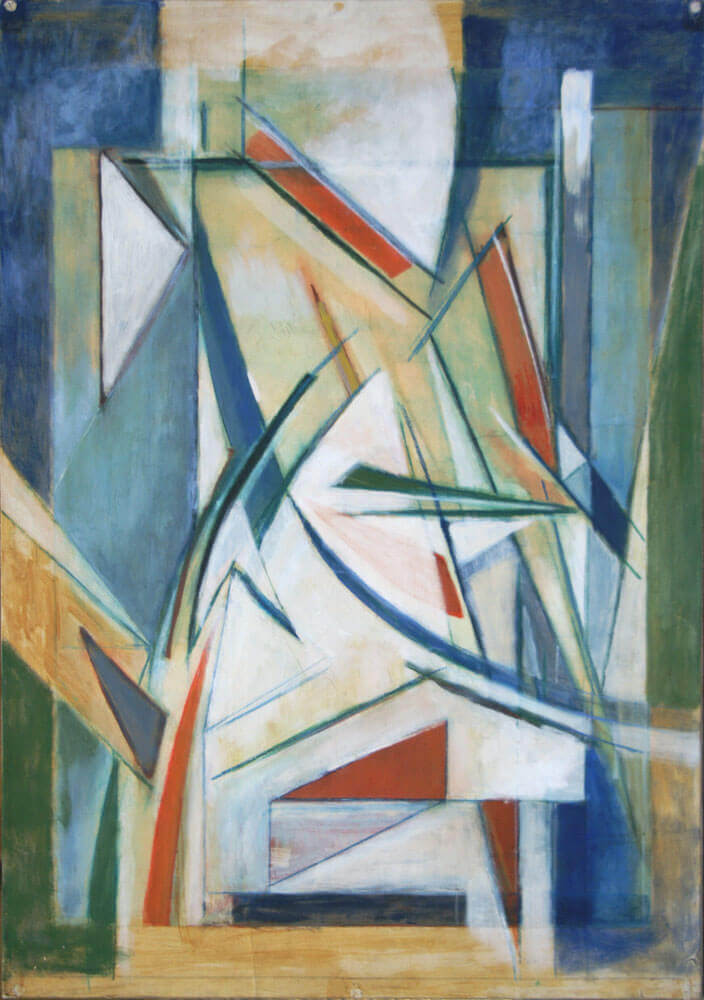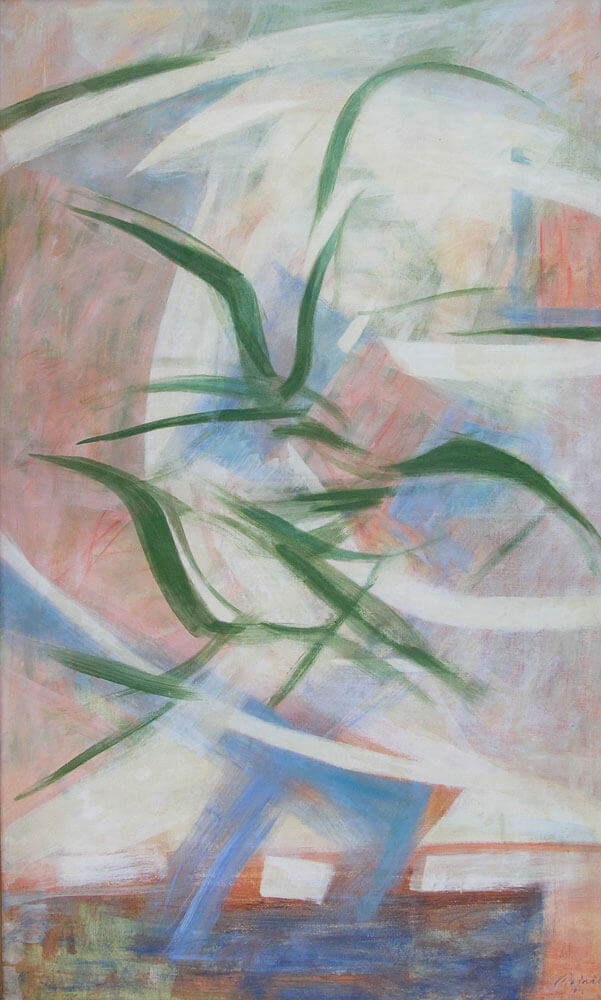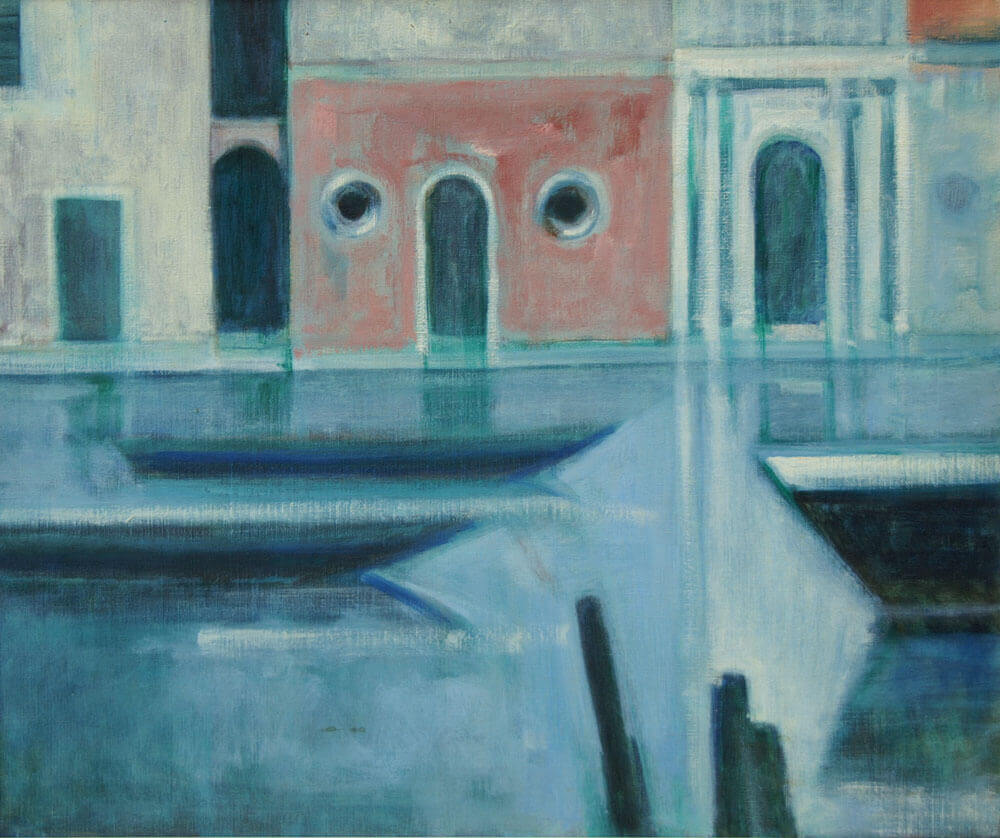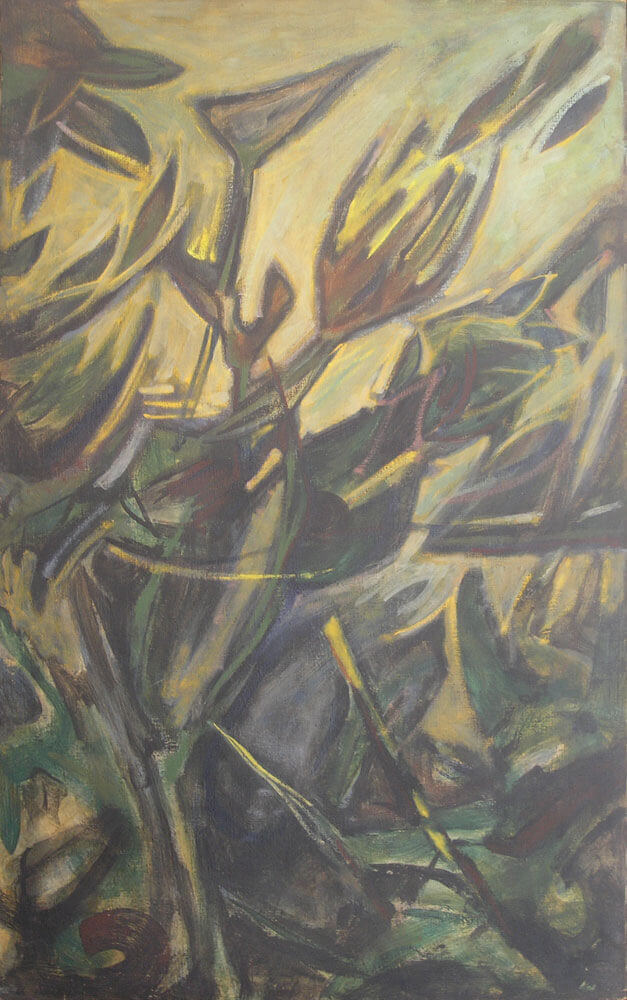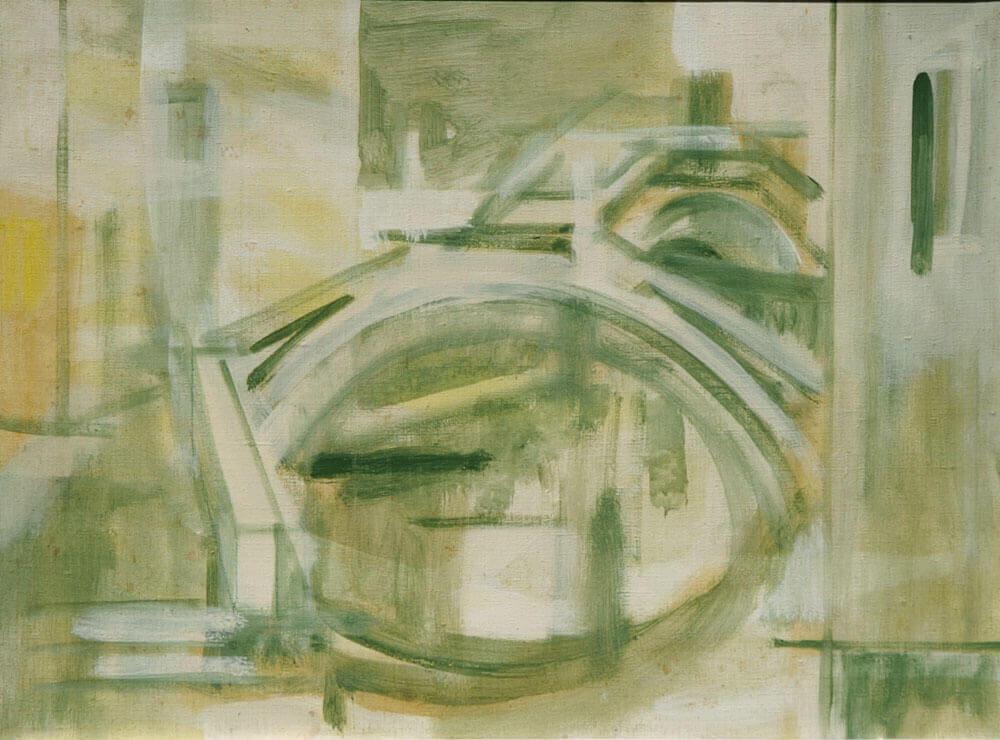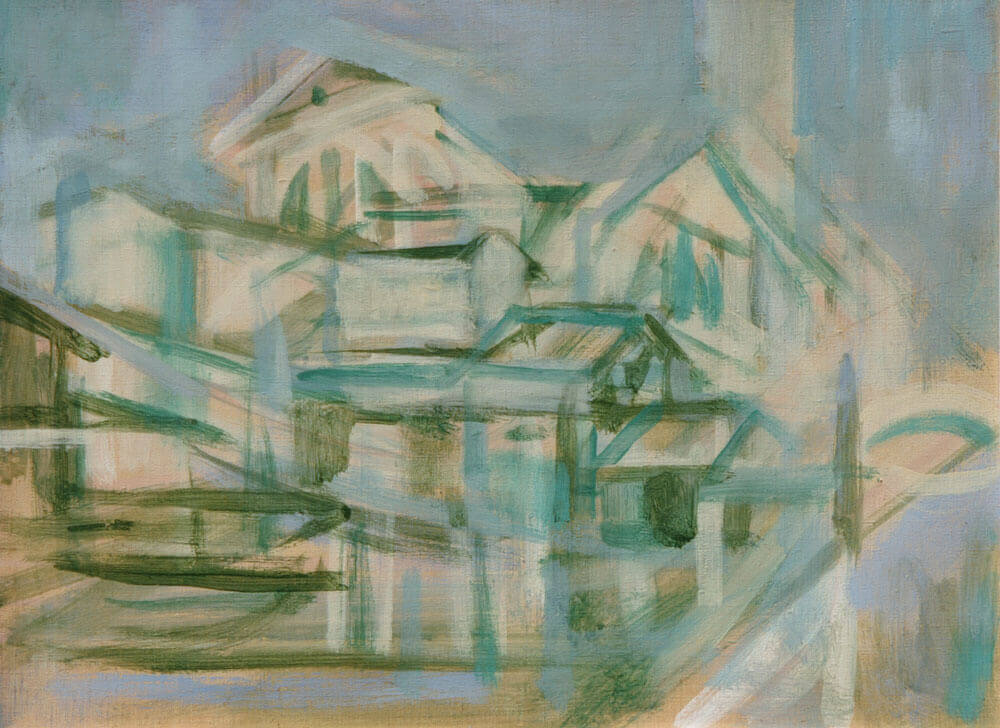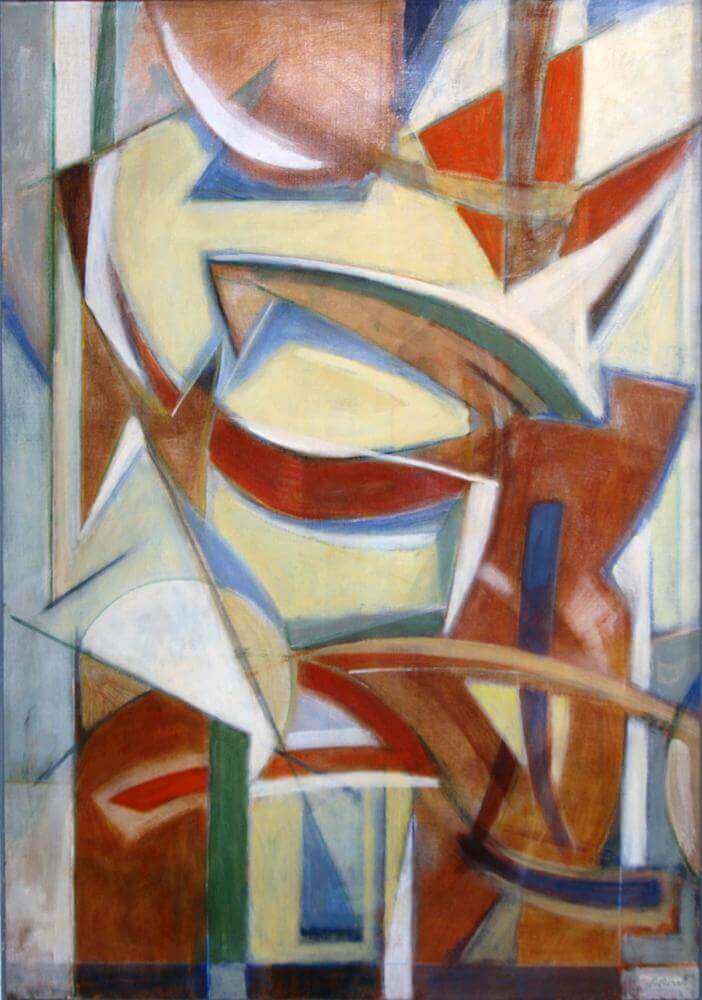Armando Pizzinato was born in 1910 in Maniago. After his father’s suicide, he spent his childhood and early youth in Pordenone; later on he started commuting to the Academy of Fine Arts in Venice, attending Virgilio Guidi’s courses until 1934. His artistic debut was in the Galleria del Milione in Milan, the center of the artistic avant-garde, where he met Cagli, Guttuso, Afro and Deluigi. Thanks to a scholarship, in 1936 he moved to Rome, where his friendship with De Felice and Guttuso was consolidated.

